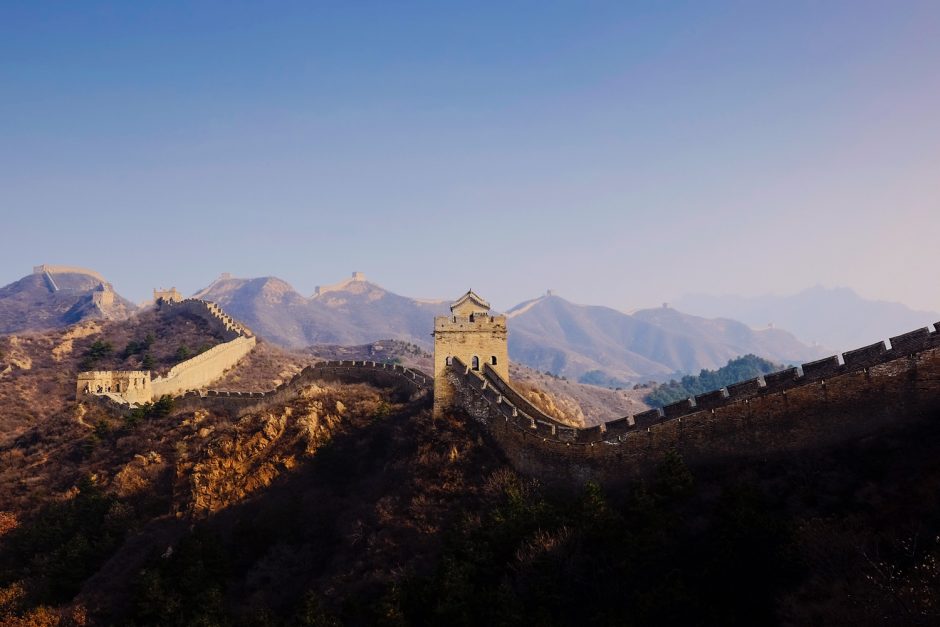As one of the fastest growing economies of the world, en route to becoming a modern-day superpower, China is a land with a history spanning further and wider than the Great Wall of China.
Dating back thousands of years, China’s history starts with the Qin dynasty, the first imperial dynasty, which lasted from 221 to 206 BC. Followed by the rule of the Zhou dynasty, the Qin dynasty of China took form after the state of Qin, ruled by Emperor Qin Shi Huang, conquered six other states – the Yan, Zhao, Qi, Chu, Han, and Wei.
During its reign over China, the Qin dynasty’s aim was to create an imperial state brought together by highly structured political power and a stable economy with the capacity to support a large military power. The central government wanted to minimise the role of aristocrats and landowners, thereby expanding direct administrative control over the peasantry.
This allowed the government to focus on ambitious projects, such as the wall on the northern border. This wall is now one of the Seven Wonders of the World – the Great Wall of China.
Despite its imposing military strength, the Qin dynasty’s reign in China did not last long. In 210 BC, the first emperor died, soon after which his son ascended the throne. When he tried to exert his control over the entire dynasty there was an uprising in the nation, which ended with the death of the second emperor, and the inevitable end of the Qin dynasty.
As the Qin Dynasty had set, until then, the highest standard of bureaucratic government, some of whose policies are still seen in China today. The emperors did more than just establish a dynasty in China – they unified a continent.






You must be logged in to post a comment.